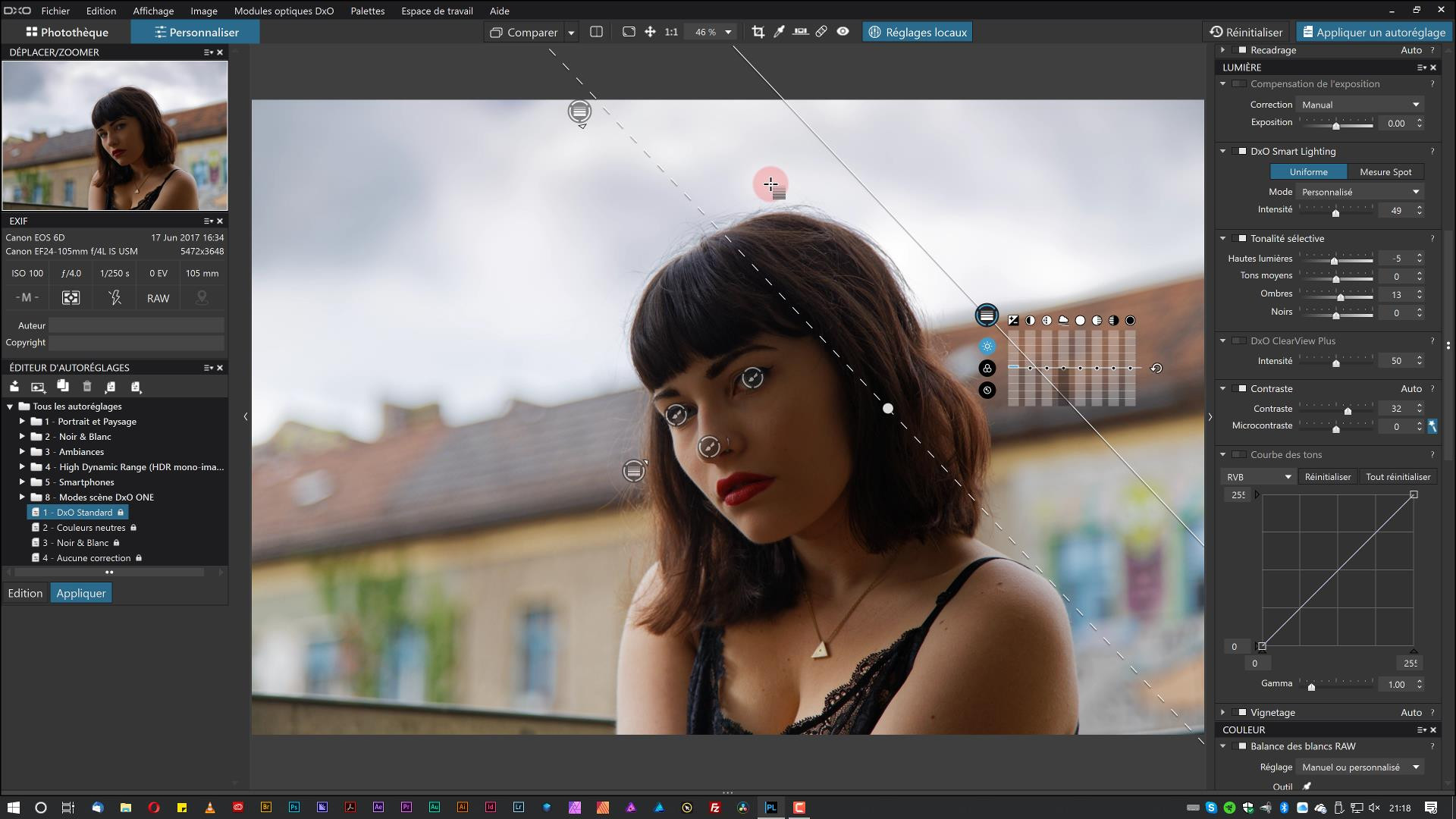

It’s not about money - it’s about the fact that when pictures need the (supposedly) best noise reduction, they are pretty bad. If only processing a single PRIME image, the CPU loads like this:Ī much better solution would be to shoot better pictures that do not need such massive investment of processing power. Having said that, I went for a 12-core CPU, and showed that you can get all 24 virtual cores running at 100% while processing three PRIME images: More physical cores won't help process single images faster, but will help with multiple concurrent images, particularly if you process in batch. So, to process single PRIME images as fast as possible, you want at least four physical cores with the highest possible clock speed.

Multiple images being processed concurrently can use more. Before getting my latest machine, I did some tests, and from memory, a single PRIME image being processed can use up to eight virtual (four physical) cores. I don't build my own PCs, but do have them built for me. What are other people's Prime NR benchmark results?Īnybody built a system with a view to getting Prime NR done fast? If it doesn't use all 12 processors with hyperthreading I'd just turn hyperthreading off. Prime seems to use multiple processors well. So probably only get +80% speed after all this is taken into consideration Then there's the fact that I can't do anything to speed up the couple of seconds of disk transfer that are beyond processor control. I'd probably have to back off the very fastest processors for cost and heat constraints. I can go to a multiprocessor board for twice the processors but such boards don't have much overclocking fine tuning available and I have to rethink airflow and power supply. Obviously processing high MP files could present a time problem, so I've been looking at performance options. I haven't explored how much the adjustments slow it down yet. With a 6 core processor topping out at 3.8GHz I can get a 12MP file done with Prime in 30s, with contrast adjusted. So i don`t really think there is a limitation revolving around the number of folders/files and caused by PL4.Prime noise reduction has always been slow, but I've been finding performance with a powerful computer tantalisingly close to practical. On my Ryzen 9 Workstation the startup time of PL4 is always around 9 seconds! (directly loading onto the SSD it takes around 11-12 seconds until those are rendered) On my HP Envy X360 convertible (Ryzen 4500U with 802.11ac) when opening PL4 directly onto a (1Gbps) NAS in a shared folder (there are above 4500 Folders and 60.000 files in the same share!) the whole startup of PL4 still takes only somewhere around 11-13seconds until the GUI is visible and around 16-18 seconds until the first Previews are loaded. But it could only explain parts of the problem and would require that appropriate patches have been applied in the meantime and that those Mitigations are active. The Meltdown&Spectre CVE Mitigations necessary for almost all Intel CPUs can have a quite severe impact on the I/O performance of the system, especially with a large number of files and/or folders. Not sure if this performance regression is entirely if at all a problem caused by PL4 or DXOs fault. Nevertheless, I would like to understand the rootcauses so that I can behave accordingly or so that DXO has a chance to improve something in the future.

The findings above seem to solve my problem. Does the number of (sub-) folders influence the startup time (is it possible that exceeding 512 is a problem?)?.Why has the performance loss in the original configuration been so severe since the last update?.The performance problem is not due to the use of the NAS (comparison 3 to 4).



 0 kommentar(er)
0 kommentar(er)
